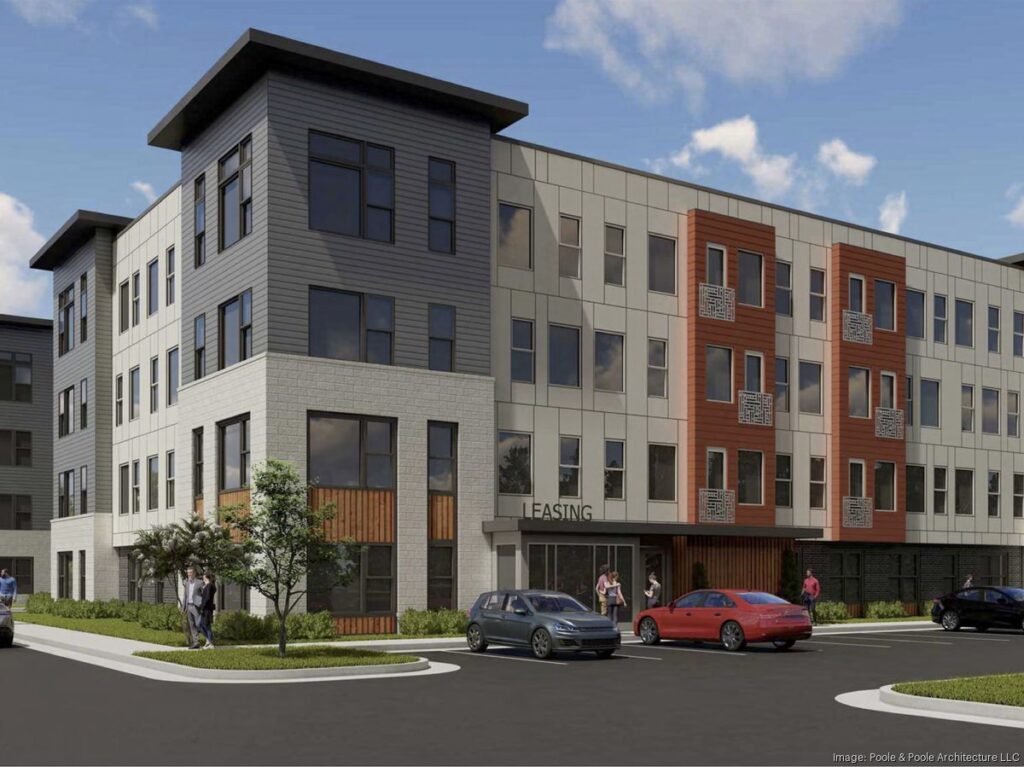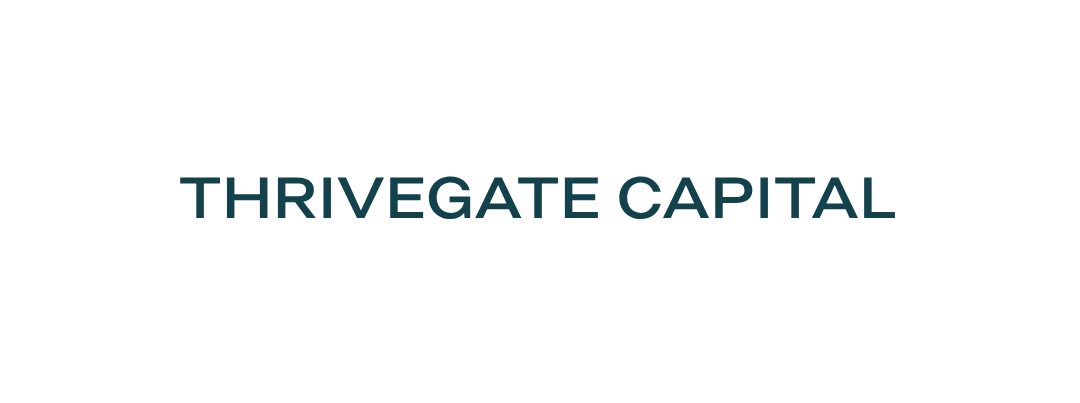
Understanding the difference between workforce housing and affordable housing is crucial for anyone interested in real estate investing, urban planning, or even those just trying to make sense of the current housing market. While these terms are often used interchangeably, they represent distinct segments of the housing market, each with its own target demographic, investment strategies, and social impact.
What is Workforce Housing?
Definition:
Workforce housing refers to housing that is affordable to households earning between 60% and 120% of the area median income (AMI). It is designed for individuals who are gainfully employed but may find it difficult to afford market-rate housing. These individuals include essential workers like teachers, healthcare professionals, police officers, retail employees, and others who play a critical role in keeping communities functional.
Why is Workforce Housing Important?
Workforce housing is essential because it ensures that middle-income earners have access to safe, affordable, and comfortable homes near their workplaces. It reduces commute times, increases quality of life, and supports local economies by keeping workers close to job centers. Unfortunately, the supply of workforce housing often lags behind demand, leading to higher housing costs and economic displacement.
Workforce Housing vs. Affordable Housing
Understanding the Difference
The primary distinction between workforce housing and affordable housing lies in their target demographics:
- Workforce Housing: Caters to individuals earning between 60% and 120% of AMI, typically employed in essential but moderate-income professions.
- Affordable Housing: Targets those earning below 60% of AMI, including low-income families, seniors, and people with disabilities. Often, affordable housing is subsidized by government programs to make it accessible.
Affordable Housing
Affordable housing serves low-income households that earn less than 60% of the AMI. It is often subsidized through government initiatives such as Section 8 vouchers, Low-Income Housing Tax Credits (LIHTC), or local housing authority programs. These programs aim to ensure that even the lowest earners in a community can access safe, secure housing.
Workforce Housing
In contrast, workforce housing does not rely on subsidies but focuses on providing market-based solutions for moderate-income earners. This type of housing is often developed by private investors or nonprofit organizations aiming to fill the gap between luxury housing and government-subsidized affordable units.
Are These the Same as Section 8?
No, workforce housing is not the same as Section 8 housing. Section 8 is a government program that provides vouchers to low-income individuals, allowing them to rent from private landlords. Workforce housing, on the other hand, is designed for working individuals who earn too much to qualify for subsidies but still cannot afford market-rate rents.
Workforce Housing Investment
Investing in workforce housing can be a smart strategy for real estate investors. These properties generally experience stable demand due to their affordability for middle-income earners. Investors benefit from a larger tenant pool, consistent occupancy rates, and potential appreciation over time.
Affordable Housing Investment
Affordable housing investments are typically supported by government incentives like tax credits, grants, or subsidized financing. These investments can offer lower risk due to consistent demand and support from public funding but may also come with regulatory requirements and limited profitability.
Are There Any Tax Credits for Workforce Housing?
Currently, there are no federal tax credits specifically for workforce housing, unlike affordable housing, which benefits from programs like the Low-Income Housing Tax Credit (LIHTC). However, some states and local governments may offer incentives or grants for workforce housing development.
FAQ About Workforce Housing
What is the income range for workforce housing?
Workforce housing typically serves individuals or families earning between 60% and 120% of the area median income (AMI).
How is workforce housing different from affordable housing?
Workforce housing targets moderate-income earners, while affordable housing focuses on low-income households earning less than 60% of AMI.
Can I invest in workforce housing?
Yes, investing in workforce housing can be a profitable strategy due to consistent demand and relatively lower vacancy rates.
FAQ About Thrivegate Capital
What does Thrivegate Capital do?
Thrivegate Capital is a real estate investment firm that specializes in workforce housing, focusing on properties that offer stable returns and positive community impact.
How can I invest with Thrivegate Capital?
Visit Thrivegate Capital’s website to learn more about our investment opportunities and how you can become a partner.
Does Thrivegate Capital invest in affordable housing?
While our primary focus is on workforce housing, we also consider investment opportunities in affordable housing where they align with our strategic goals.
